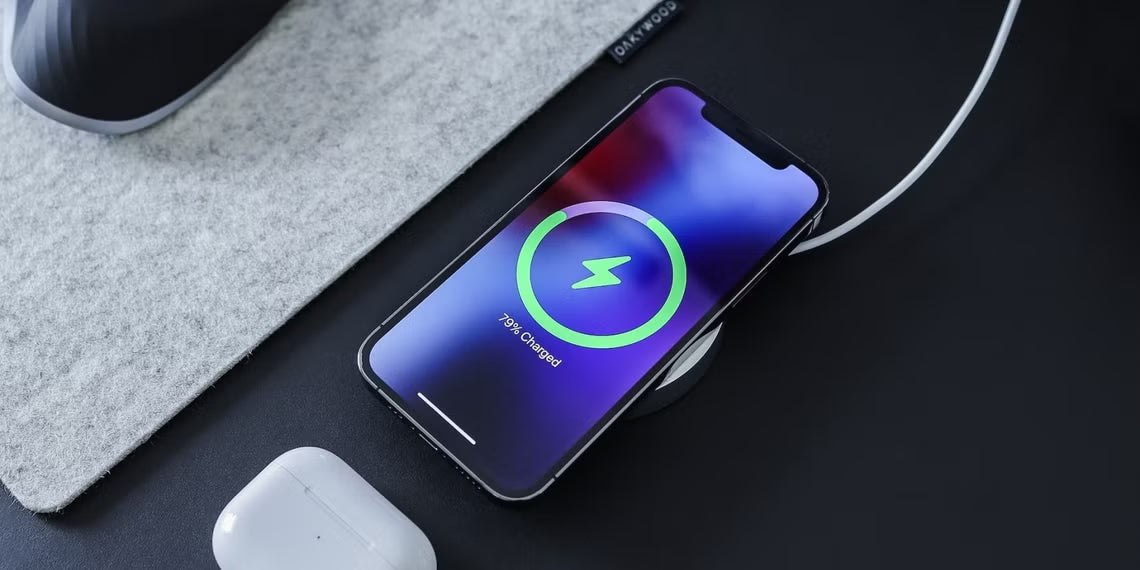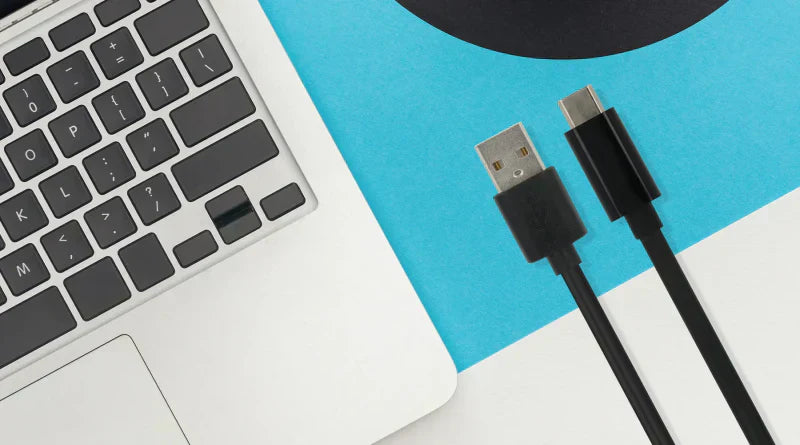Wireless charging has become an essential feature for modern smartphones, offering convenience and reducing cable clutter. However, one of the most common concerns among users is whether does wireless charging work with case. This blog post will address this question and provide insights into how wireless charging functions, the compatibility of cases, potential issues, and ways to enhance charging efficiency. We’ll also introduce Veger’s range of wireless chargers designed for optimal performance.
How Wireless Charging Works?
Wireless charging operates using inductive charging technology, where an electromagnetic field transfers energy from the charger to the device. Inside every wireless charger is a coil that generates an alternating electromagnetic field. When a compatible device, which also has a receiving coil, is placed on the charger, the field induces an electric current in the phone’s coil, which then charges the battery.
Most wireless chargers use the Qi (pronounced ‘chee’) standard, which ensures compatibility across various brands and models. Qi-certified chargers and devices are designed to work together efficiently, maintaining safe charging speeds and preventing overheating.
Does Wireless Charging Work with a Case?
Can wireless charging work with case? The short answer is yes, but it depends on the case. Many phone cases are designed to be wireless charging-friendly, while others can hinder the process. Here are some key factors that determine whether wireless charging with a phone case will work:
1. Case Material
Thin plastic, silicone, and TPU cases: These materials are generally compatible with wireless charging as they do not interfere with the electromagnetic field.
Leather and fabric cases: These materials are also usually fine, provided they are not too thick.
Metal cases: Metal can block or interfere with the electromagnetic field, preventing wireless charging from working.
Cases with built-in magnets (e.g., MagSafe cases): These can work, but non-compatible magnetic accessories may disrupt charging.
2. Case Thickness
Most wireless chargers can function through cases up to 3-5mm thick. If a case is thicker than this, the distance between the charger and the device’s coil might be too great for efficient energy transfer.
3. Additional Case Features
Cases with pop sockets or cardholders can create a gap between the phone and the charger, reducing charging efficiency or preventing it altogether.
Cases with battery packs will not allow wireless charging, as they function as a secondary power source that needs to be charged separately.
Wireless Charger Compatible Case
When selecting a case that supports wireless charging, look for the following:
- Qi-certified compatibility (many brands now specify this on packaging).
- Non-metallic materials like TPU, silicone, or thin leather.
- Slim design to ensure minimal interference with the charging pad.
- Use a Compatible Case Switch to a wireless charger compatible case, ensuring it’s thin enough to allow seamless energy transfer.
Some case brands known for their wireless charging-friendly designs include Spigen, OtterBox (thin series), and Apple’s own MagSafe cases.
How to Improve Wireless Charging Through a Case
If you notice that your wireless charging is slow or inconsistent while using a case, try the following tips:
Tip 1. Use a High-Quality Wireless Charger
Invest in a Qi-certified wireless charger with at least 10W-15W output for fast charging. Some premium models include multiple charging coils to increase efficiency.
Tip 2. Remove Obstructions
Ensure that there are no metal objects, pop sockets, or thick accessories between your phone and the charging pad.
Tip 3. Check Alignment
Most wireless chargers require precise alignment between the charger and the phone’s coil. If your device is not placed correctly, it might not charge efficiently.
Tip 4. Use a Compatible Case
Switch to a wireless charging-friendly case, ensuring it’s thin enough to allow seamless energy transfer.
Tip 5. Keep the Charger Clean
Dust and debris on the charging pad can interfere with power transmission. Wipe the pad and your phone case regularly.
Why Won’t My Wireless Charger Charge Through the Case?
If you're wondering how to fix wireless charger not working with case, here are some common reasons why your charger might not be functioning properly:
- The Case is Too Thick: Wireless charging works best with cases thinner than 5mm. If your case is too thick, the charger may struggle to transmit power effectively.
- Metal Interference: Metal disrupts the magnetic field required for wireless charging. If your case contains metal components, replace it with a non-metallic one.
- Improper Placement: Ensure the phone is aligned properly on the charging pad. If your charger has multiple coils, try repositioning your device.
- Charger Compatibility Issues: Check if your charger is Qi-certified and supports the power output required for your device.
- Case Design Conflicts: If your case has a built-in wallet or battery pack, it may completely block charging. Remove the case and test wireless charging without it.
FAQs about Wireless Charging with a Phone Case
1. Is Wireless Charging Slower with a Case?
Yes, in some cases. A case adds an extra layer between the phone and the charger, which may slightly reduce charging efficiency. However, if the case is thin and Qi-compatible, the impact is minimal.
2. Does Silicone Interfere with Wireless Charging?
No, silicone is a non-conductive material, meaning it does not interfere with wireless charging. Most silicone cases allow wireless charging without issues.
3. What Interferes with Wireless Charging?
Several factors can interfere with wireless charging, including:
- Metal objects in or around the case.
- Thick cases that exceed 5mm.
- Misalignment of the phone on the charging pad.
- Low-quality chargers with weak power output.
- Magnetic accessories that are not Qi-compatible.
Conclusion
Wireless charging with a phone case can work, but it depends on the case’s material, thickness, and design. If you experience issues, consider switching to a Qi-compatible, thin, and non-metallic case. Ensuring proper alignment and using a high-quality charger will also improve efficiency.
At Veger, we offer a premium selection of Qi-certified wireless chargers designed to provide fast and efficient charging, even through most phone cases. Our chargers feature high-power output, multiple coils for better alignment, and advanced safety features to protect your device. Explore our collection and enjoy hassle-free wireless charging today!





Commenta
Questo sito è protetto da hCaptcha e applica le Norme sulla privacy e i Termini di servizio di hCaptcha.